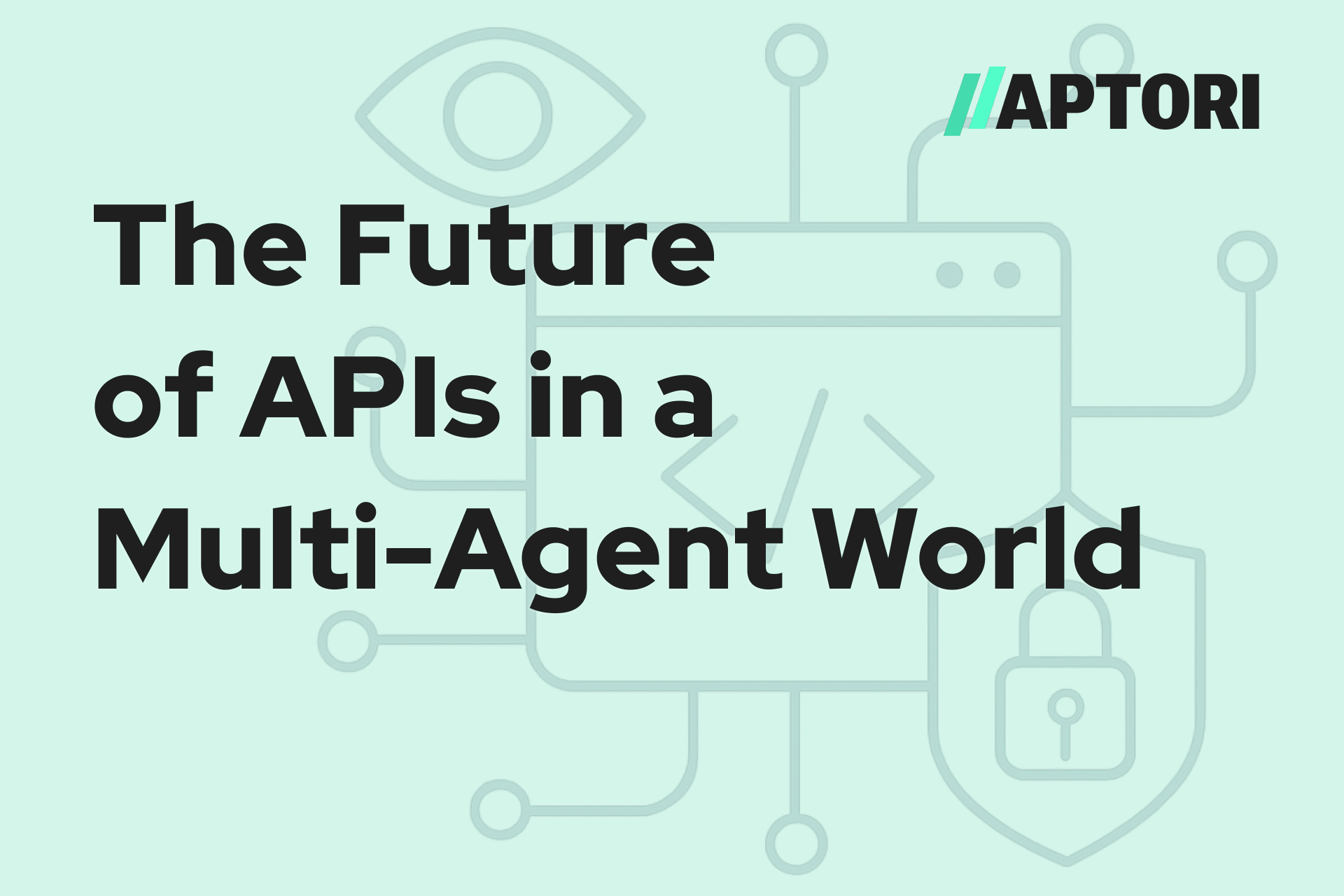APIs have long served as the connective tissue of modern software. They powered the rise of cloud computing, enabled mobile ecosystems, and became the foundation for distributed applications and microservices. Yet as we move into a new era defined by intelligent systems and agentic AI, the traditional notion of an API as a static interface with predictable request and response interactions begins to feel limited.
In the emerging world of Multi-Agent Collaboration Protocols, APIs are no longer just technical endpoints. They are the means through which autonomous systems reason, act, and cooperate. The paradigm has shifted from connecting software to orchestrating intelligence. For this shift to be sustainable and secure, APIs themselves must evolve.
From Request–Response to Reason–Response
Conventional APIs were designed for deterministic behavior. A client sends a request, receives a response, and moves on. The interaction is transactional, bounded by rigid expectations of structure and control. That simplicity once made APIs reliable and predictable, but in environments where agents are expected to interpret intent, choose actions, and adapt dynamically to context, it becomes a constraint.
In a multi-agent ecosystem, APIs act as capabilities exposed to intelligent agents. These agents can select, sequence, and combine them to accomplish goals. Instead of being hard-coded into an application, APIs are discovered, interpreted, and invoked autonomously. This requires a richer form of description that traditional REST or OpenAPI specifications cannot provide. APIs must describe not only how to call them, but also why, when, and under what constraints.
APIs as Autonomous Capabilities
Within a multi-agent collaboration framework, every API becomes a skill. An AI agent does not merely execute an endpoint; it invokes a capability that carries meaning, policy, and potential risk. To enable this safely, APIs must convey more than input and output formats. They must express purpose, boundaries, authentication requirements, and the expected implications of their use.
Imagine a payments API that, instead of simply documenting its route, declares: I process verified financial transactions up to a defined threshold, require two-factor authentication, and log every operation for audit compliance. That is not an interface. It is a capability that an intelligent agent can reason about, compose, and monitor safely. This self-describing behavior will make large-scale, machine-to-machine collaboration viable.
Security Becomes Contextual and Continuous
When APIs begin to interact with autonomous systems, traditional perimeter-based security becomes insufficient. Static allowlists and pre-approved tokens cannot capture the dynamic nature of agent behavior. Security must become contextual, grounded in real-time evaluation of who is calling, why they are calling, and what intent is being expressed.
This transformation redefines API security as a living trust system where access is governed by purpose, context, and behavior. Semantic access control, continuous policy enforcement, and dynamic threat reasoning will replace the brittle filters of legacy firewalls. Traditional WAFs and static DAST tools lack the ability to interpret intent or recognize semantic misuse. In a multi-agent environment, protection must evolve into an intelligent layer that can reason about actions and adapt as conditions change.
The Rise of Semantic APIs
To function safely and effectively in this new context, APIs must adopt a different design philosophy. They must be self-describing, secure by design, and capable of continuous adaptation. Each API should carry operational metadata and declarative policies that specify what actions are allowed, what data is sensitive, and what behavior would constitute a violation.
A truly semantic API is:
- Self-describing, allowing humans and machines to understand its purpose and parameters without external documentation.
- Context-aware, adapting behavior based on who or what is invoking it and under what conditions.
- Secure by design, embedding authorization and validation logic within the core rather than relying on external layers.
- Compliant by default, producing audit-ready records of every action for real-time assurance.
- Adaptive, evolving safely under AI-driven orchestration and policy feedback loops.
In essence, a semantic API becomes an intelligent contract that bridges autonomous systems with trust and clarity.
Why This Matters
The rise of multi-agent collaboration is not a theoretical concept. It represents a fundamental change in how enterprises will build, integrate, and secure systems in the coming decade. As LLM-based agents proliferate across organizations, they will rely on APIs to observe, decide, and act. Every exposed capability must therefore be understood not only for its function but for its risk posture.
APIs that were once viewed as internal plumbing now represent the nervous system of an AI-driven enterprise. If they remain opaque or insecure, they will become a preferred vector for exploitation and data leakage. If they evolve to be semantic, contextual, and policy-aware, they will instead form the foundation for secure collaboration between agents, services, and organizations.
The Future: Secure, Semantic, and Autonomous APIs
The emergence of multi-agent protocols redefines the boundaries of application security. APIs will no longer serve merely as connectors; they will represent dynamic capabilities that can act, learn, and enforce. Their contracts must be interpretable by both humans and machines, their security posture continuously validated, and their behavior explainable and auditable.
At Aptori, we believe that the evolution of API Security must match the intelligence of the systems it protects. Our SMART framework, Semantic Modeling for Application and API Risk Testing, enables organizations to test and continuously validate their APIs through semantic understanding and contextual analysis. By modeling intent and behavior, Aptori helps ensure that APIs remain safe to expose to agents, resilient under automation, and compliant with demanding standards. As multi-agent collaboration reshapes enterprise ecosystems, Aptori ensures that your APIs are not only functional but intelligent, governed, and secure by design.
APIs were built for applications. Now they must evolve for agents. The future of secure multi-agent collaboration depends on it.
Take control of your Application & API security with contextual testing, risk assessment, and continuous vulnerability management
See how Aptori’s award winning AI-driven security platform performs business logic testing to uncover hidden API threats, prioritizes risks, and automates remediation—request your personalized demo today and transform your security into a proactive advantage.















